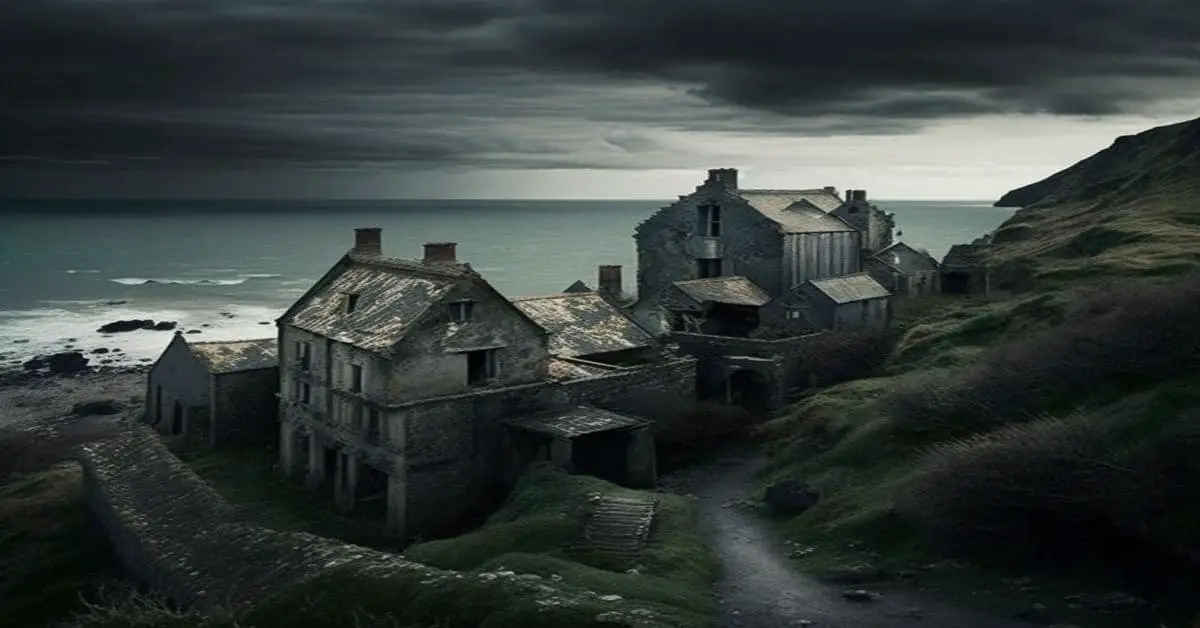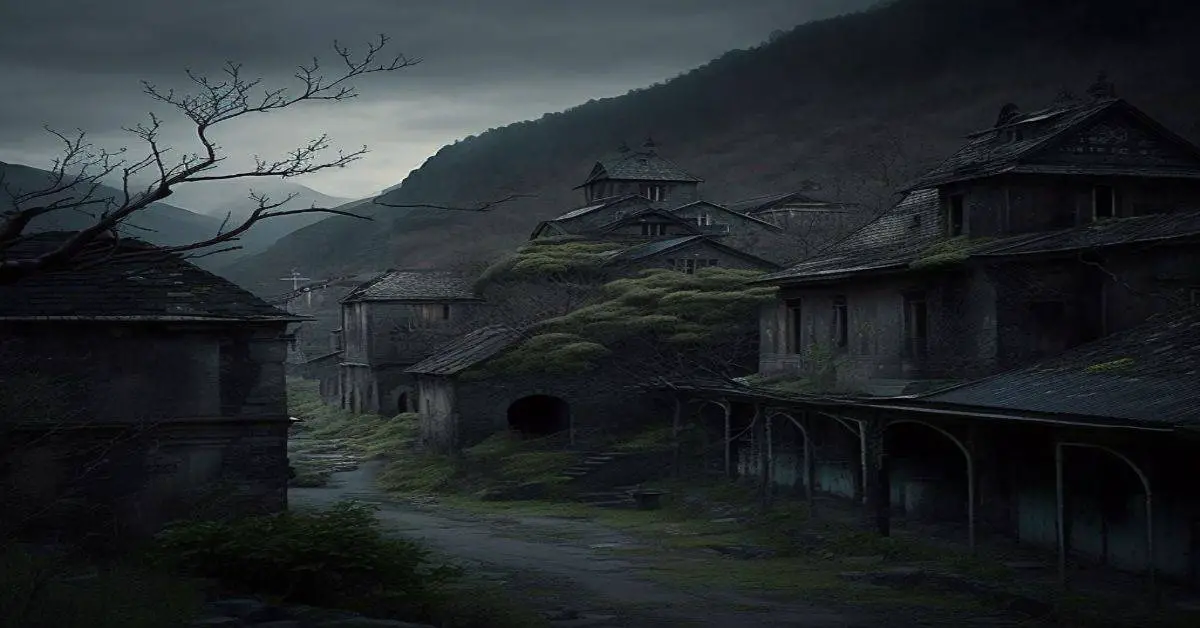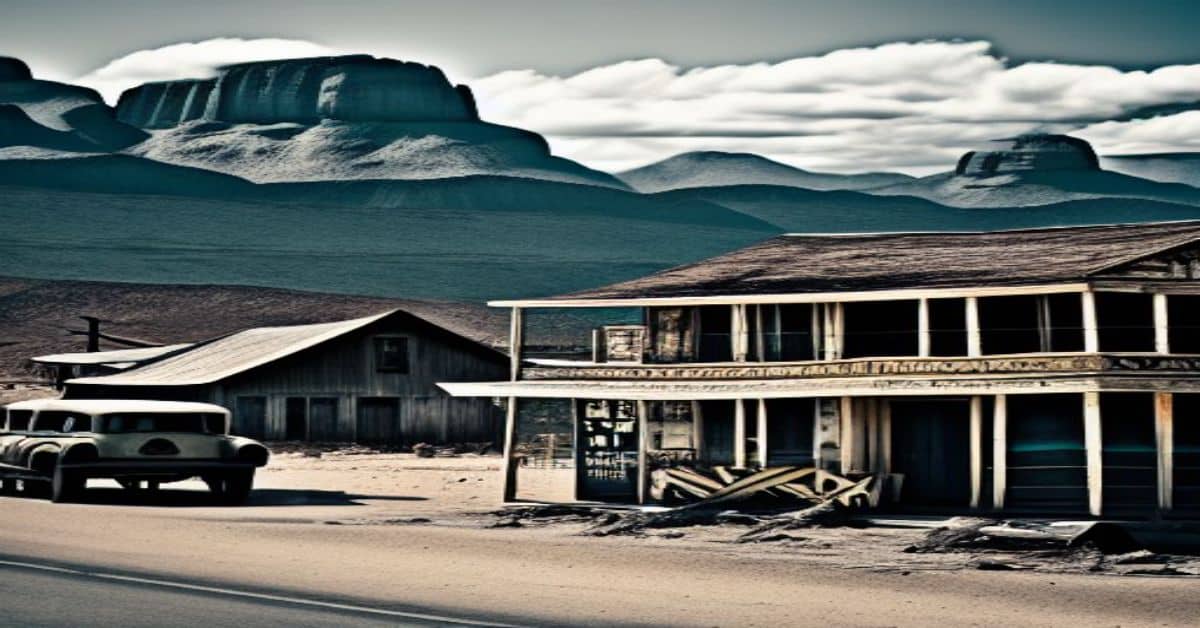Clarkville, a coal-mining town in New Mexico, was once a bustling community with a range of amenities and a population of around 400 in 1905. The town was built around the coal mine, which was its residents’ primary income source.
Clarksville was a self-sufficient community with its commissary, school building, library, hospital, and electrical plant. The town’s history is preserved through its appearance on a 1920 map, depicting its layout and features.
Despite its promising beginnings, Clarkville’s fortunes changed when the coal mine pinched out, leading to its eventual abandonment and transformation into a ghost town. Today, the site is known as Coal Basin, and the town’s history provides an intriguing glimpse into the lives of coal miners and their families in the early 20th century.
This article will explore the fascinating story of Clarkville, including its history, features, and present status as a ghost town. By examining the town’s life and demise, we can gain insights into the challenges and opportunities coal-mining communities face in the American West.
Key Takeaways
- Clarkville, New Mexico was a coal-mining town in New Mexico that was self-sufficient and had its own commissary, school building, library, hospital, and electrical plant.
- The town’s economy was primarily based on coal mining, which provided employment for a significant portion of the population and supported the local economy.
- Despite its relatively short existence, Clarkville had cultural significance as a reminder of the importance of the coal industry in the region’s development and the impact of economic changes on small communities.
- Following the depletion of its primary source of income, the settlement of Clarkville gradually became abandoned, leaving behind only remnants of the once-thriving community that continue to attract visitors today.
History and Background
The history and background of Clarkville, a former coal-mining town in New Mexico with a population of around 400 in 1905, is marked by its rise and fall due to the coal industry.
The town was built to support the coal mining operations in the area, and its amenities, including a school building, library, hospital, and electrical plant, made it a comfortable place to live and work.
The economic impact of the coal industry was significant, as it provided jobs for the residents of Clarkville and supported the local economy.
However, Clarkville’s prosperity was short-lived, as the coal mine eventually pinched out, leading to the town’s decline.
This decline is evident in its absence on a 1920 map and the closure of its post office in 1908.
Despite its relatively short existence, Clarkville, New Mexico, had cultural significance, serving as a reminder of the importance of the coal industry in the region’s development and the impact of economic changes on small communities.
Today, the site of Clarkville is known as Coal Basin, and its history as a coal-mining ghost town is a testament to the boom and bust cycles of the extractive industries that have shaped the American West.
“Unique in the history of ghost towns is the coal-mining town of Clarkville. It never had a saloon. Although the town no longer exists, it was reported to be a pretty little place with comfortably built homes, a two-storied commissary amply stocked with goods, a school building, the Clarkville Free Library, a hospital and a complete electrical plant.”
https://www.ghosttowns.com/states/nm/clarkville.html
Town Features and Life
Homes, a commissary, a school building, a library, a hospital, and an electrical plant were among the features that once graced the now-abandoned settlement of Clarkville in New Mexico. These structures indicated a town that was once thriving and had a strong sense of community. The town’s economy was primarily based on coal mining, which employed a significant portion of the population.
The town’s residents had access to the basic necessities of life, such as healthcare and education, despite being located in a remote area.
Community activities in Clarkville were limited, owing to the town’s small population. However, residents likely engaged in social gatherings, such as church events or town hall meetings, as a means of fostering a sense of community. The absence of a saloon in the town suggests that residents were primarily focused on family and community life rather than indulging in vices.
The communal spaces, such as the library and school building, would have allowed residents to engage in intellectual pursuits and socialize with their neighbors. Despite Clarkville’s abandonment, the town’s features and way of life offer a glimpse into a bygone era of community development and prosperity.
Abandonment and Present Status
Following the depletion of its primary source of income, the settlement of Clarkville gradually became abandoned, leaving behind only remnants of the once-thriving community. The coal mine, which was the town’s lifeblood, pinched out and the residents were forced to leave in search of new opportunities.
Today, the townsite is nothing more than a few scattered ruins and foundations, a reminder of a bygone era. Exploration opportunities abound in Clarkville, as visitors can wander through the remains of the town and experience the history firsthand.
Local legends surrounding the town include stories of ghosts and paranormal activity, adding to the intrigue and mystery of the abandoned settlement. Despite its status as a ghost town, Clarkville continues attracting visitors drawn to its rich history and the chance to explore a piece of New Mexico’s past.
Frequently Asked Questions
How did the closure of the coal mine affect the local economy and employment opportunities in Clarksville, New Mexico?
The closure of the coal mine significantly impacted the local economy of Clarkville, resulting in a decline in employment opportunities and a decrease in community vitality. However, whether alternative employment options were pursued after the mine’s closure is unclear.
Were there any notable events or incidents that occurred in Clarkville during its time as a functioning town?
Clarkville’s notable events include a fire that destroyed several buildings in 1904 and a strike by coal miners in 1907. The town’s cultural impact is evidenced by its former school building and library.
What was the process of relocating or finding new homes for the former residents of Clarkville after the town became a ghost town?
The relocation process and available housing options for former residents of Clarkville after the town became a ghost town are not well documented. However, residents likely had to find new homes and employment opportunities elsewhere.
Have any attempts been to revitalize or preserve any remaining structures or artifacts in Clarksville, New Mexico?
Preservation efforts for the remaining structures or artifacts in Clarksville have not been reported. However, the historical significance of its former coal-mining industry and once-thriving community has been recognized through its inclusion in maps and historical records.
The absence of a saloon or other drinking establishments in Clarkville may have impacted the social life and community dynamics of the town, potentially contributing to a more sober and family-oriented atmosphere. However, further research is necessary to understand the extent of this impact fully.


